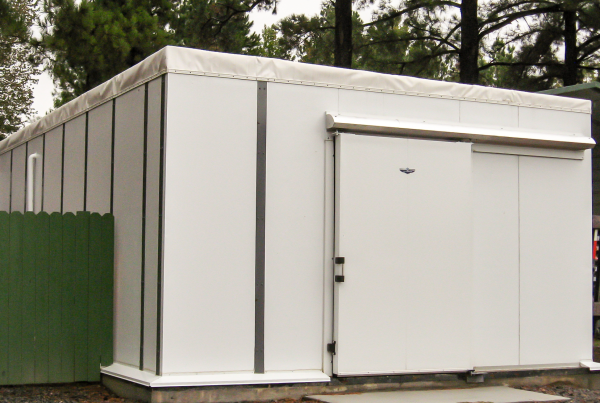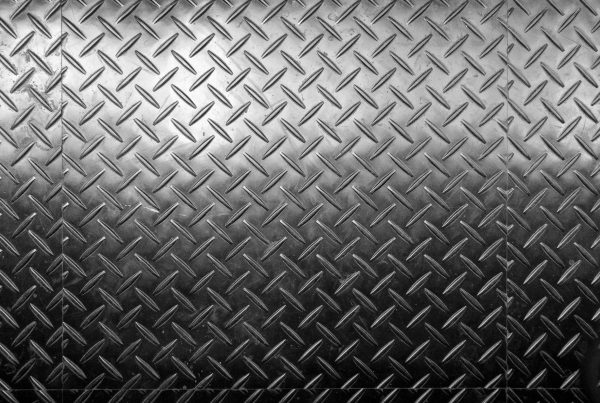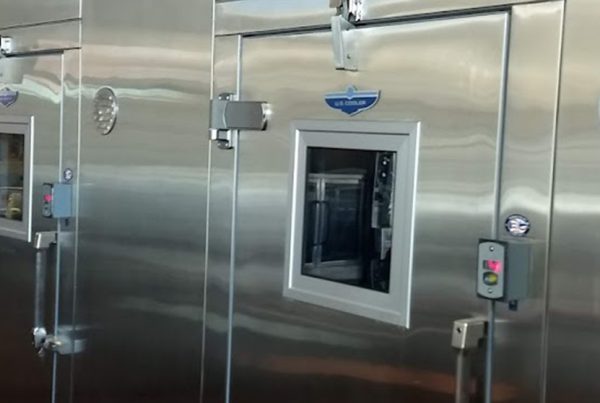Proposed Rulemaking for Walk-in Coolers and Freezers
Since EISA was passed January 1, 2009, the U.S. Department of Energy (DOE) has been working to mandate a standardized energy efficiency test for walk-in coolers and freezers. The first step was taken with an informal meeting on February 4, 2009 to discuss comments and suggestions from industry professionals on determining a testing procedure. After nearly a year’s worth of research, DOE has published their proposed testing procedure for walk-in coolers and freezers. A follow-up meeting was scheduled to discuss these proposed rulings, but due to winter weather the meeting was canceled and has not been rescheduled at this time.
In accordance with section 312 of the Energy Independence and Security Act (EISA), DOE published a Notice of Proposed Rulemaking (NOPR) for the test procedure on walk-in coolers and freezers. The NOPR is the first published document for the test procedure rulemaking process for walk-ins. DOE proposes the procedures explained in the NOPR be used to test walk-in equipment. Once performance standards are accepted, manufacturers will be required to use the accepted test to determine compliance and for all representations regarding the energy use of the product.
DOE proposes to adopt a test procedure that contains two separate testing methods; one for the insulated box and the other for the refrigeration equipment. Each of the two components, the insulated box and the refrigeration system, will be tested separately. The manufacturer will be responsible for testing their product respectively and must provide compliance with all testing standards.
Testing the Walk-in Panels
DOE considers the insulated box to include walls, floor, ceiling, windows, doors, lighting and any other components of the walk-in that are not part of the refrigeration. For testing the energy consumption of the walk-in, DOE developed its own testing method which allows for the overall energy performance to be determined. This will include an insulation test and an air infiltration test procedure.
While deciding which testing methods would be most accurate for walk-in coolers and freezers, DOE has taken into account several concerns from industry professionals such as ageing insulation and water absorption in foam insulation. DOE has researched both of these characteristics that affect walk-in coolers and freezers and have come to industry conclusions.
Neither the EPCA (Energy Policy and Conservation Act of 1975) nor EISA specify when insulation should be tested for R-value rating in walk-in coolers and freezers. A concern was posed that insulation R-values significantly drop after manufacture; therefore depending on when the insulation is tested calculations could be inconsistent. DOE investigated this issue and found that aged foam insulation made with gaseous blowing agents does change over time. Furthermore, DOE has concluded that the R-value decrease occurs within the first 5 years after it is manufactured. After careful research, DOE has determined that insulation aging is an important factor in determining an accurate testing method for walk-ins. DOE has proposed a testing method for aging foam called the “thin slicing” method. This technique is used to thinly slice the foam so it ages quickly. The results of this test are to determine the aged R-value of foam 5 years after manufacture.
Additionally, DOE has concluded the use of metal skins does not eliminate insulation aging. It has been frequently stated in the walk-in industry that the use of metal skins on the surface of the foam eliminates aging and the reduction of R-value in polyurethane panels. DOE studied this issue and found research by the NRCC (National Resource Council Canada) suggesting that medal skins do not eliminate aging but may delay the rate of aging. The relationship between the skins and the rate of aging foam depends on the protection of the skin’s surface and the bonding between the insulation and the skin. Punctures made in the panel to allow for cam-locks, light fixtures, doors, windows, controls, etc. weaken the R-value of the panel. According to DOE, walk-in insulation and their skins typically separate overtime due to the shrinkage of the foam material after manufacture, causing significant air gaps. There is no known testing at this time to account for these imperfections in the panel.
Another important aspect DOE has researched is water absorption in foam. DOE reported that polystyrene foam is highly resistant to water absorption, whereas polyurethane is more easily damaged by moisture. Generally, the solution to help decrease moisture in the insulation is to create an air-tight barrier from the insulation. However, walk-in panels are continually punctured to allow for installation of fixtures and doors, which allow moisture to enter the insulation. Therefore, the more punctures and holes inflicted on the panel the less efficient the insulation will perform. At this time, DOE has not adopted a standard test to measure the insulation’s water absorption in walk-in coolers and freezers due to the complexity of this issue.
There are two widely used insulation methods in walk-in coolers and freezers today; Expanded Polystyrene and Polyurethane. When testing R-values and energy efficiency in walk-ins, there has never been a consistent testing method. When EISA passed in 2007, it required a testing procedure be in place no later than January 1, 2012. The NOPR is the first published document stating conclusions and proposals for this testing procedure.



